A Boston and Cambridge Travel Guide for First Timers.
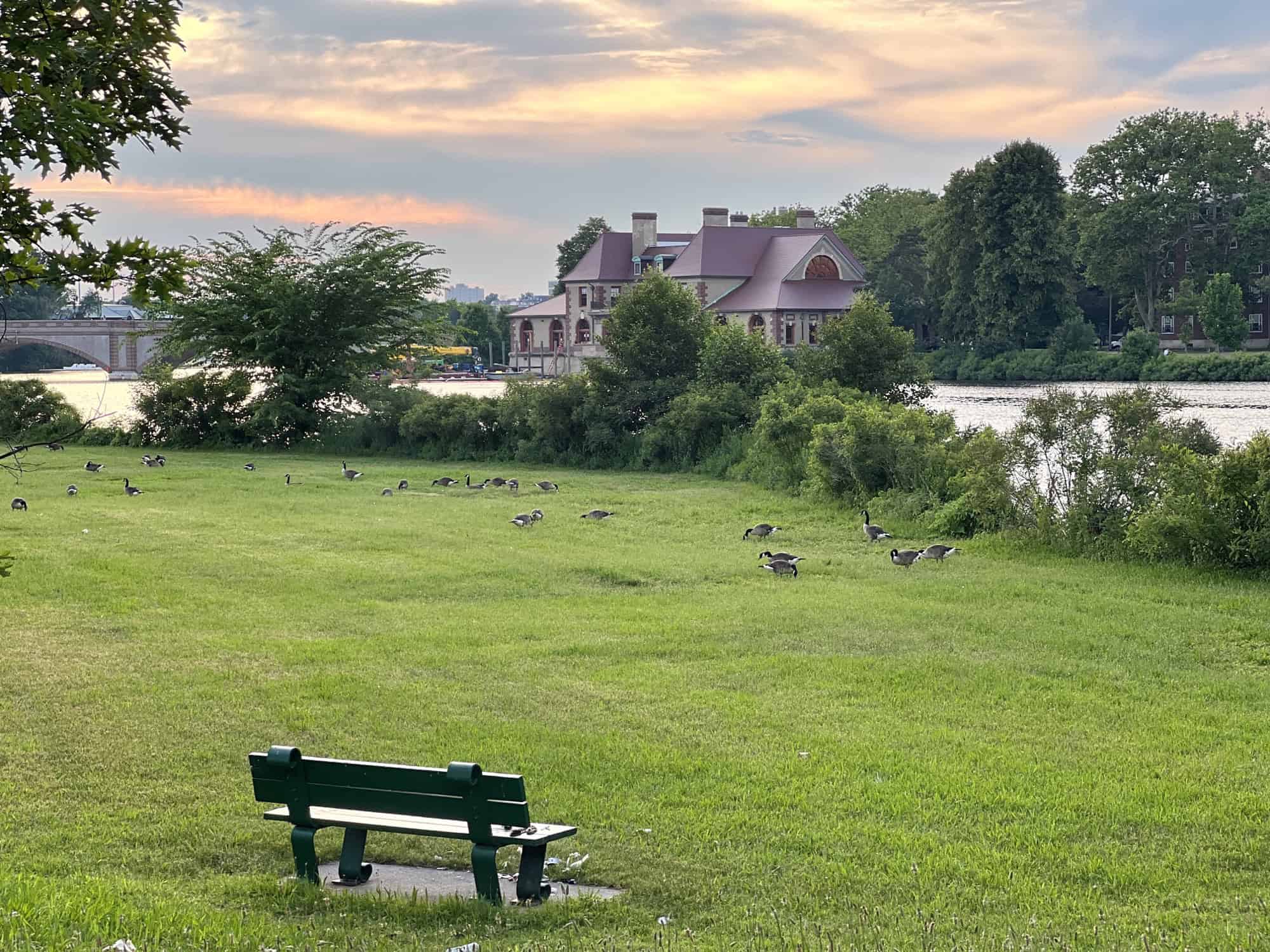
This summer, I landed up in the Boston area, both excited and nervous. This was no ordinary trip or work assignment. It was the culmination of a journey that began 2.5 years ago – an academic pursuit at one of the world’s oldest academic institutions, Harvard University.
During this last phase of my Master’s in Sustainability, I lived the student life in Somerville, frequented Harvard Square for lectures and research discussions, explored the urban forests and parks of Boston, followed the strong ‘buy local’ movement in Cambridge, sampled vegan-friendly cafés and restaurants in the Boston area, and experienced Boston’s unique 4th of July (Independence Day) celebration!
I was visiting Boston for the first time, and found it surprisingly hard to find credible recommendations online. So I decided to create this Boston travel guide on where to stay (both for tourists and short-medium term stays), and interesting things to do in Boston.
Also read: An Experiential Guide to New York City
Is Boston worth visiting?
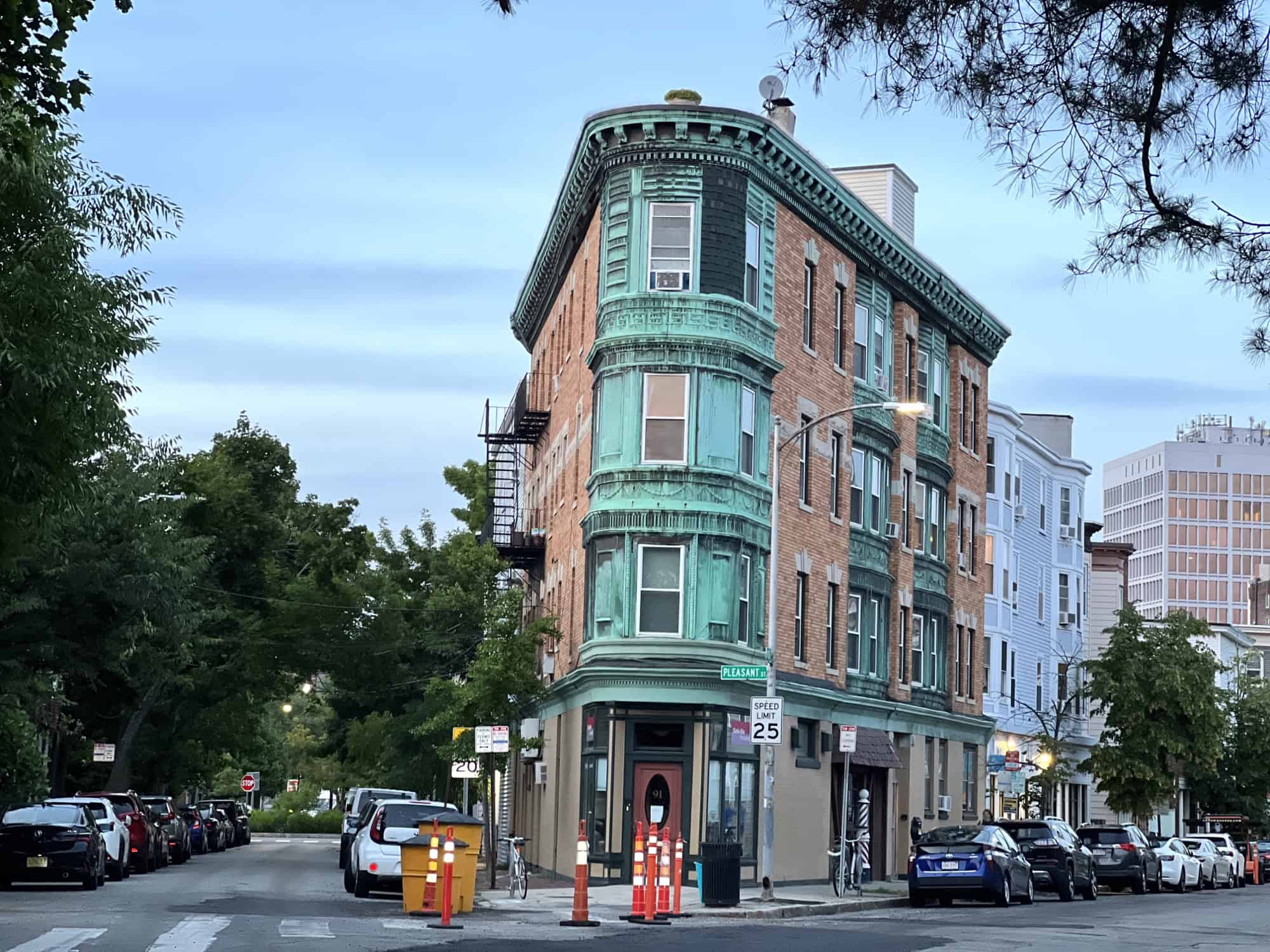
I wouldn’t say Boston is one of my favourite cities in the world. But if work or academic inclinations take you there, it sure has enough to keep you busy for a few days!
It took me a while to grasp how Boston, Cambridge and Somerville relate to each other. Simply put, Boston is the capital of Massachusetts state. Cambridge is its own city (and home to Harvard), but considered a suburb of the Greater Boston Metropolitan Area. Similarly, Somerville is both a city and a suburb of Greater Boston. I lived in Somerville, studied in Cambridge, and explored a fair bit of Boston.
How many days are enough in Boston?
That depends on you, but for an average tourist, I’d say 3-5 days. The city isn’t cheap, and 3-5 days are enough to explore the highlights while also slowing down a bit.
Also read: The Journey of a Thousand Miles Began With Curiosity
Things to do and see in Boston, Cambridge and Somerville
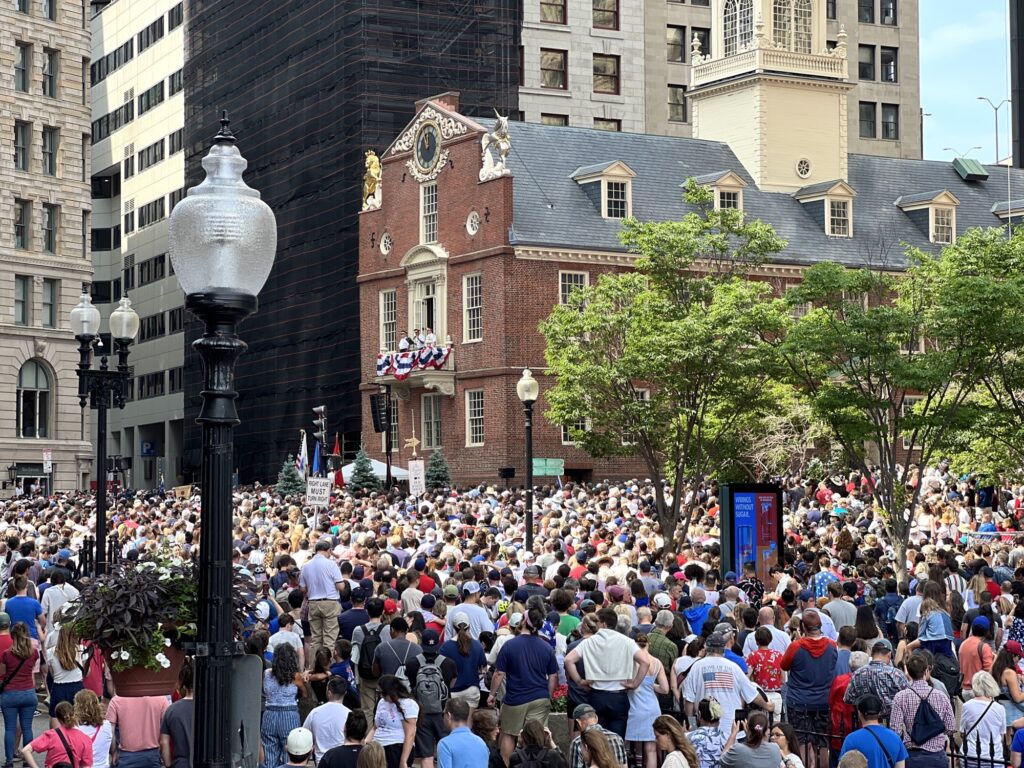
Go on a city hike in Arnold Arboretum
As much as I loved spending time on the Harvard campus, I sorely missed being closer to nature. So when an Instagram friend from Harvard Medical School invited me to join her on a hike in a city forest, I had to go! I learnt there that the Arnold Arboretum is managed by Harvard, and home to 2000+ species of trees and plants, across 280 preserved acres. Over some heartwarming conversations, we hiked up the gentle hills, spotted a brilliant red cardinal, and marvelled at the ancient trees that line the trails.
Take the orange line to Forest Hills station to get there.
Attend the 4th of July Declaration at the Old State House
I was a bit skeptical about attending 4th of July celebrations in the US because they have no mention of Native American communities that in many ways, are still deprived of their freedom. But ultimately I did go, and clubbed it with a reading of Frederick Douglass’ 1852 speech: “What to the Slave Is the Fourth of July?”
I was surprised to see thousands and thousands of people out on the streets on 4th morning, but managed to find a spot on the rooftop of some building to hear the reading of the 4th of July Declaration at the Old State House in Boston city. It was all very “American,” with officials dressed in retro uniforms, shooting retro guns to a lot of pomp and show!
A few hours later, the Frederick Douglass reading felt like a whole other world, attended primarily by the Black community, and interspersed with gospel music. I decided to skip the 4th of July fireworks that night, given the air pollution surge they cause.
See The Boston Calendar for all 4th of July events.
Learn about Boston’s history at Faneuil Hall (Boston Freedom Trail)
4th of July turned out to be the perfect day to visit Faneuil Hall nearby, which is known as the hall of Boston’s resistance against British colonialism. It is part of the Boston Freedom Trail, and while I didn’t do the entire trail, I appreciated reading about some critical moments of resistance at the museum here, while also learning about contemporary challenges in the US. One of these is redlining, a practice that denies credit to Americans based on where they live (largely determined by ethnicity) rather than educational or professional history.
If you’re a history buff, consider doing a guided walking tour of the Boston Freedom Trail!
Visit Boston’s North End Italian District
When local friends sent me tips for visiting Boston, one thing that always featured on them was a stroll along the North End Italian District. Those cobbled streets are indeed full of character, much like the old town of a European city. Think quirky houses and old school Italian restaurants and bakeries. Sadly they aren’t vegan-friendly though.
Soak in Boston’s intellectual vibe at Harvard University and the MIT Campus
I was surprised to learn that the Boston area is home to some 64 universities and colleges, of which Harvard and MIT are the most well-known. I’m not a fan of the ultra-busy and recently gentrified Harvard Square, but the Harvard campus, spread out on both sides of the Charles River, is such an oasis. I was lucky to attend lectures at Harvard Yard, which is home to some of the oldest buildings of the institution, including the iconic Widener Library. The outdoor campus grounds are open to the public as well, and I highly recommend visiting – especially on a student-led walking tour.
I also loved the MIT campus, with its iconic Great Dome, which overlooks the Charles River. Strolling through these campuses, thinking about all the great thinkers from all over the world who studied at these ancient institutions, was rather humbling.
Go for a swim at the Upper Mystic Lake
With a water-obsessed school friend visiting the city, I landed up at the Upper Mystic Lake on a sunny Boston day. Surrounded by oaks, maples and some pretty upscale houses, the lake is a local favorite for swimming.
Sadly, the unusually warm weather of Boston is leading to the growth of invasive species on the water, which the authorities choose to treat with chemicals. Due to the contamination, swimming wasn’t advised that weekend.
The lake is a 20 minute walk from North Station.
Go on long walks to feel the vibe of Boston and Cambridge
After long hours of working on my Master’s research, my favorite thing to do was go on long walks in different suburbs and neighborhoods of Boston. I loved the waterfront walkway that is Memorial Drive, the charming old Beacon Hill neighborhood of Boston, the 20th century Longfellow Bridge over the Charles River, the eclectic Charles Street in downtown Boston, and walking along the Charles River off Harvard Square. Easily the best way to discover Boston at your own pace.
Join the ‘buy local’ movement in Somerville / Cambridge
Local friends all lamented the gentrification of Harvard Square. Locally owned bookstores, eclectic eateries and shops have all been shut down, and replaced by big chains and big brands. Besides the average, overpriced food, what surprised me most was the rampant use of single-use plastic by outlets all over Harvard Square. Even eat-in food was often given in takeaway boxes and plastic cups – with lids and cutlery which most likely were not home-compostable. This felt like a shame, especially given Harvard’s strong sustainability program and influence over the vendors.
Thanks to my local hosts, I learnt about the strong ‘buy local’ (and conscious) movement in Somerville and Cambridge. Two of my favorite stores were Pemberton Farms and Cambridge Naturals, both of which sourced much of their produce and products locally, and had plenty of vegan and healthy options.
Where not to go in Boston
Acorn street
While on one of my walks through the old neighborhoods of Boston, I was surprised to see a crowd of people taking photos at Acorn Street. It was declared the “most beautiful street in Boston,” because it is still cobblestoned while most other streets have been paved. That means it features on many where to go in Boston lists, but it’s a quiet residential area, and it’s obvious the locals don’t want people taking photos and prying all around their homes. I saw signs along the street saying ‘dangerous path,’ ‘private,’ and ‘this is our house’ everywhere. Let’s be responsible travellers and respect local sentiment.
Also read: 10 Awesome Free Things to do in New York City
How to travel around Boston
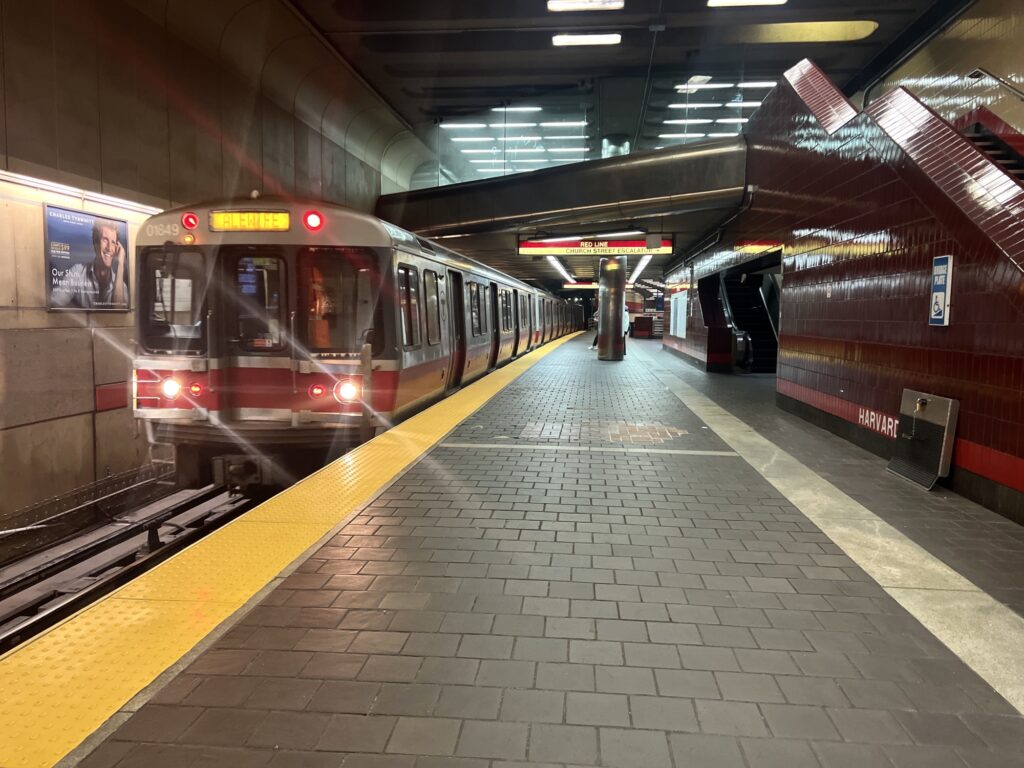
I loved how walkable Boston, Cambridge and Somerville were, and walked everywhere I could. The T – as the Boston subway is nicknamed – is very convenient. I heard locals complain about delays, but over the 3 weeks I spent in the city, I mostly had good experiences, except some delays at night and replacement buses over weekends. I didn’t use the buses as much, but the connectivity seemed pretty good.
Buy a Charlie Card
It was hard to figure out on Boston travel blogs how to buy a Charlie Card – which allows you top up a single card for multiple public transport journeys, rather than having to buy individual tickets each time. Ultimately, I figured out that the only way to get a Charlie Card is to approach an MBTA official at the subway station (wearing a red t-shirt) and ask if they have a new card. The card itself is free, and I was able to top it up for use on the T and bus at the top-up machines. Subway rides cost 2.40$ for a single trip (irrespective of how many stops you go), and bus rides cost 1.70$.
Also read: US Tourist Visa For Indians in 2024: Tried & Tested Tips
Where to stay in Boston (for tourists / short stays)
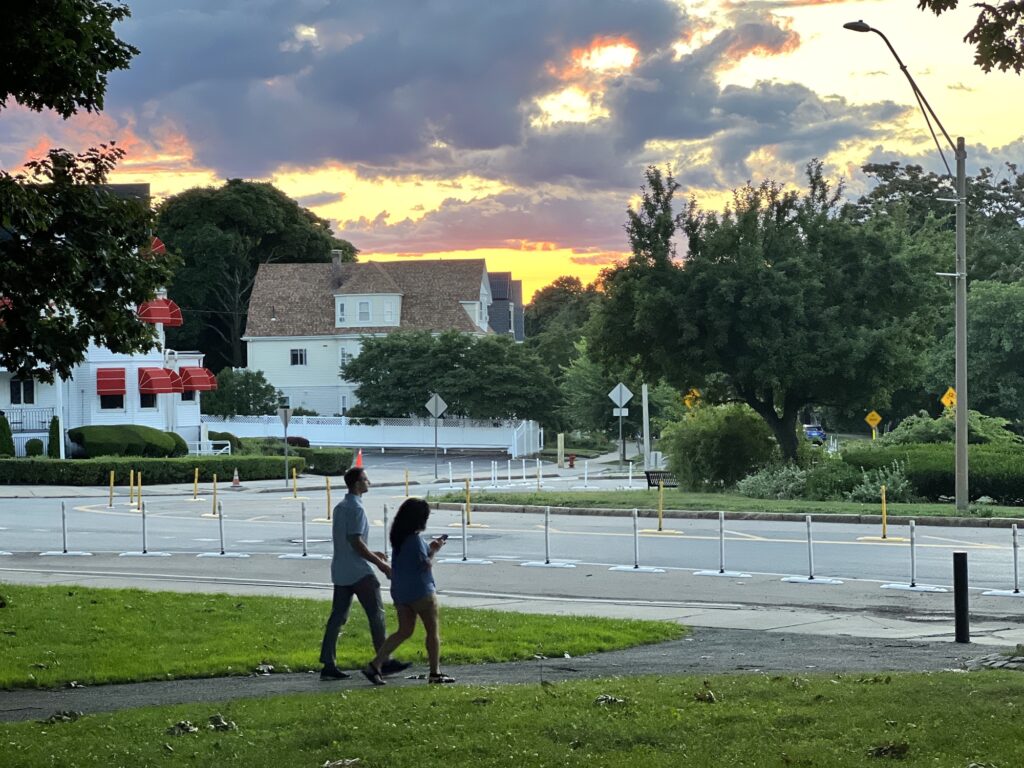
It was quite hard to find reasonable accommodation for 3 weeks – which is neither long term, nor short term. I could do the rest of my research remotely, so didn’t have reason to stay longer. I considered student housing, sublets, Airbnb, guesthouses and boutique hotels, and ultimately settled for an Airbnb in Somerville.
It turned out to be a true Airbnb experience, with a host family that lived in an old Boston mansion, where I had a spacious living + bedroom space. I loved staying in Somerville, which was a lot less gentrified than Harvard Square, and an easy T ride away from campus. I had long chats with my host family over breakfast, and they even invited me to a chanting session with some of their friends.
Boutique hotels in Boston, Cambridge and Somerville
Some of the places recommended by friends, or where I considered staying:
Downtown Boston
The Dagny Boston: This 1928 building was hailed as Boston’s first art-deco skyscraper – and later refurbished into the luxury heritage hotel that is The Dagny Boston. It is located near the Boston Freedom Trail and Boston Public Garden, and offers bicycle rentals to cycle across downtown.
The Whitney Hotel Boston: Originally built in 1909, The Whitney Hotel Boston is set in a refurbished red-brick building that is iconic of Boston. It offers a stunning location in Beacon Hill, Boston’s oldest neighborhood, and is at easy walking distance from the charming Charles Street and lots of hipster cafes.
HI Boston Hostel: Budget accommodation isn’t easy to come by in Boston, but HI Boston Hostel, set in a historic building very close to Beacon Hill and Boston Public Garden, checks all the boxes on a budget. It offers both private rooms and dorms, and also takes measures to manage its water and waste.
Cambridge
Ginkgo House Boutique Inn: Built as a family home in the Victorian architectural style in 1867, Ginkgo House was refurbished into a charming BnB in the 20th century. With a prime location in Cambridge, not far from the Harvard campus, this was the first choice for my stay, but sadly not available on my dates.
Freepoint Hotel Cambridge: One of my fellow Master’s students stayed at Freepoint Hotel Cambridge, part of the Tapestry Collection by Hilton, and recommended its vibe and convenient location. It’s an easy walk away from Harvard Square, features local art, and has a secret garden in the middle of the city!
The Charles Hotel: Located a stone’s throw from Harvard Square, The Charles Hotel was our meeting point for trips away from Cambridge – and I was blown away by its understated luxury. Built in the 1980s, it has housed personalities like Ben Affleck and HH The Dalai Lama. I also appreciate that it offers accessible rooms to be inclusive of travellers with disabilities.
Somerville
Cambria Hotel Boston Somerville: With its sun-filled floor to ceiling windows and modern façade, Cambria Hotel is perfectly located to experience the Somerville vibe, while being close to the attractions of Cambridge and Boston. It’s a convenient T ride to Harvard and MIT, and walking distance to Tufts. My favorite neighborhood in the Boston area!
Also read: Could Dying be Beautiful? Fall Colors in New York City
Where to eat in Boston
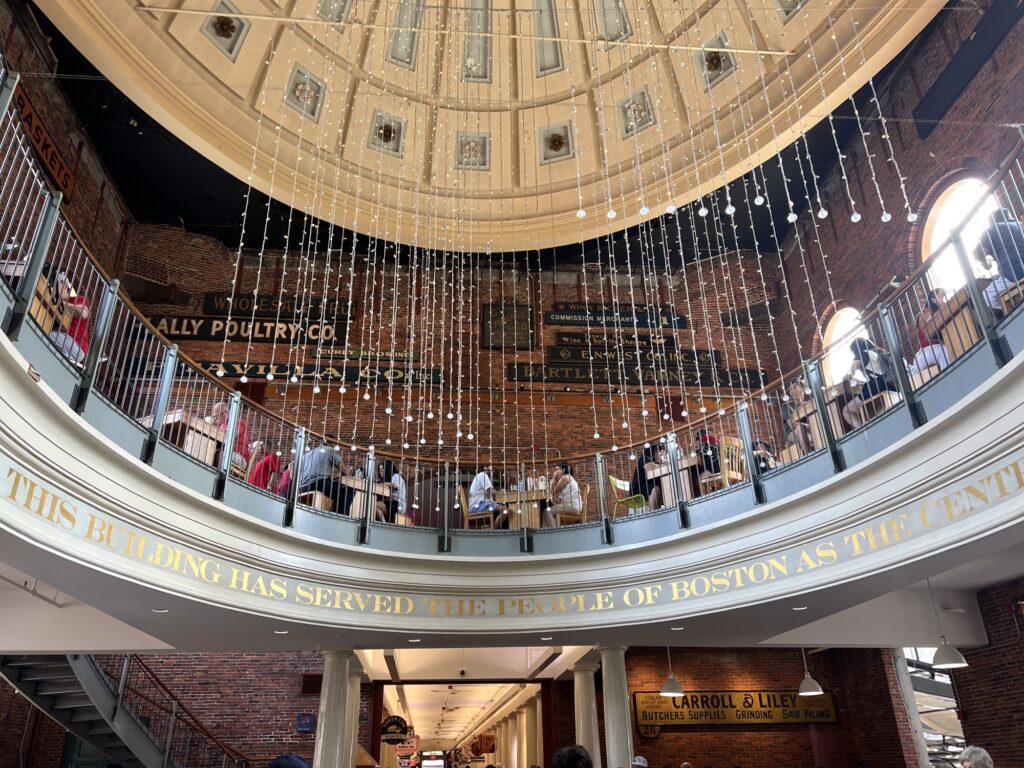
Some people have pointed it out before – and I agree: Food in Boston is expensive and really not so great. Nowhere even close to the diversity and flavors of New York or California.
Nonetheless, I had some pretty good meals over my 3 weeks in the Boston area.
Healthy, organic, vegan food in Boston, Cambridge and Somerville
Aeronaut Brewing Co: This old mill turned craft brewery in Somerville not only has great beers, but also Carolicious – a stall with incredible Venezuelan food! I loved the combination of a light and fruity seltzer with a vegan arepa, a corn arepa stuffed with black beans, salsa, pico de gallo, and their signature vegan basil sauce. YUM!
Shirley get more sunshine: It was the quirky name that drew me in to this small, independent sandwich shop right opposite the Davis T / Davis square. It offers a seasonal menu with some vegan options. I tried their tofu lemongrass sandwich, which was delicious. They also offer vegan baked goods like a zucchini layered cake and muffins. Take out only.
Cava: This ‘make your own bowl’ chain across the US has surprising good food, with plenty of marked vegan options. I made my bowl with hummus, babaganoush, harissa, sautéed veggies, pita chips, corn, salsa, Persian salad, lemon herb tahini, lemon vinegarette etc. So good!
Taco Party: This sweet neighborhood joint in Somerville started as a food truck, and has now evolved into a rustic-cool bar and resto. I loved their breakfast taco with seitan, vegan egg, vegan cheese, black beans and cilantro lime dressing, as well as their lentils al pastor taco.
Flour Bakery: With outlets across Boston and Cambridge, Flour Bakery has very few vegan options, but I loved their smoked carrot hummus sandwich on focaccia bread! It’s also a relatively quiet cafe to work from on Harvard Square. I just wish they didn’t use so much single-use plastic for cold drinks, especially while dining in.
Also read: The Ultimate Vegan (and Vegetarian) Survival Guide for Japan.
Boston Travel Itinerary
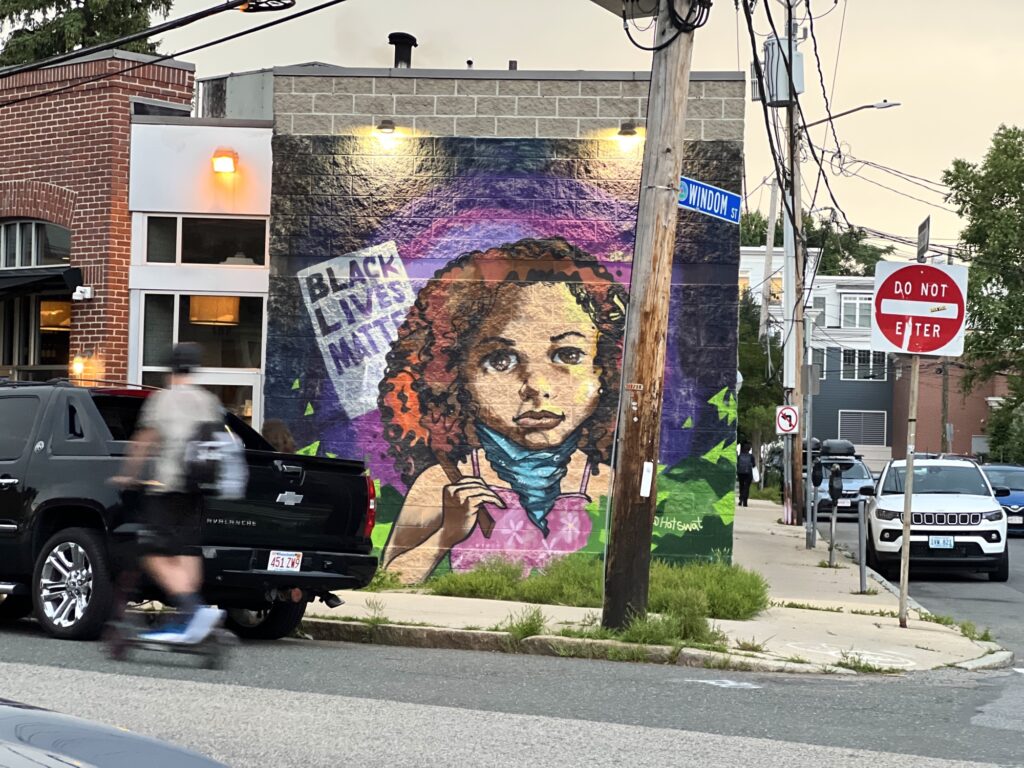
Depending on how many days you have in Boston, here are some quick recommendations on how you can plan your time. Remember to take it slow, to really soak in the vibe of the city and its suburbs.
Day 1: Boston Downtown
Go on a guided walk of the Boston Freedom Trail if you’re a history buff, or spend time learning about Boston’s colonial history at Faneuil Hall on your own. Drop by Boston Public Market for a vegan-friendly meal at Mother Juice. Walk to the North End District. Then spend the afternoon under the trees (and hopefully some sun) at the Boston Public Garden.
Day 2: Somerville and Cambridge
Head to Harvard Square, and take a student-led tour of Harvard University – which includes hanging out at Harvard Yard, visiting its heritage buildings and getting a sneak peek into the Widener Library, all from the perspective of a current Harvard student. Then take the T (metro) to Davis Square, to spend time in Somerville. Grab a bite at Taco Party, walk along the Tufts campus, shop local at Cambridge Naturals, and round up the day at Aeronaut Brewing Co with craft beer and Venezuelan food!
Day 3: Hiking and cafe-hopping
Catch the orange line to Forest Hills station for an urban hike in Arnold Arboretum. Climb the two small hills for views of Boston below, and see all the weird and wonderful tress and plants preserved across these acres. Then make your way to the diverse neighborhood of Jamaica Plains nearby, for coffee at Ula Cafe (co-founded by my friend Beth Santos of Wanderful) and Ethiopian food at Ethiopian Cafe.
Also read: The Perfect 3-Day Goa Itinerary for Slow Travel
Boston Travel Tips (aka what you need to know before travelling to Boston)
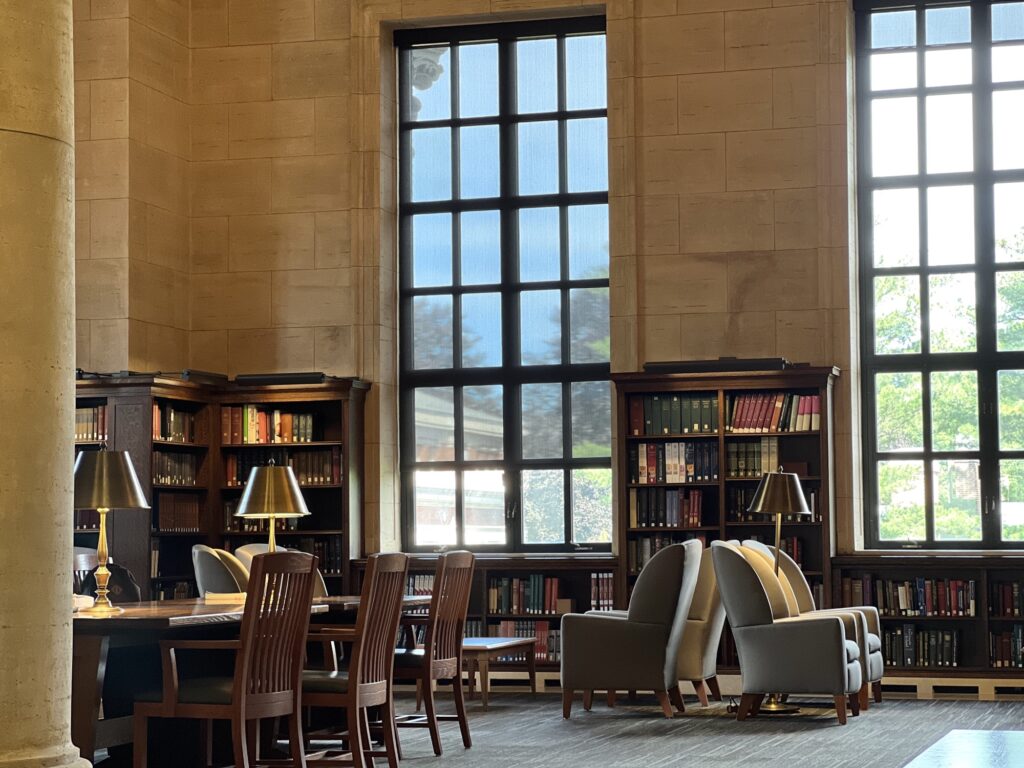
With surprisingly little information online, I had to rely on local friends and past students to figure out all the Boston travel information I needed. Here are some general tips for planning a trip to Boston:
Do you need to rent a car in Boston?
No! Boston is very walkable, and well connected by the T and buses. Unlike many other American cities, you really don’t need a car to get around, plus I constantly heard from friends what a pain finding parking in downtown Boston can be.
How many days are enough for Boston?
If you’re purely visiting for leisure, I’d say 3-5 days are enough to experience the highlights and get a feel of the city. Have a look at my Boston travel guide itinerary above for suggestions on how to spend your days.
Is Boston cheap or expensive?
I was quite surprised at how expensive Boston was. I paid a bomb for a 3-week stay, and budget meals cost on average, 30$ for a main course and drink. Things were definitely more expensive in Downtown and Harvard Square, and a little bit more affordable in Somerville.
What’s the tipping norm in Boston?
I know tipping is always a bit crazy in the US, with average wages relatively low for blue collar workers. Average tips are 15-25%, depending on the service. In Boston, it was quite annoying to be constantly given the choice to tip even while getting a takeaway! Friends reassured me that students weren’t expected to tip though.
Is tap water drinkable in Boston?
YES! My host family had a water filter but reassured me that tap water across Boston was potable and safe to drink (including Cambridge and Somerville). Sadly, many locals and visitors insist on buying plastic bottled water – which is not only awful for the planet but also a health hazard with microplastics seeping into the water.
Have you been to Boston, or is it on your radar?
Hi there! I’m Shivya, and I started this travel blog back in 2011, when travel wasn’t trendy, Instagram didn’t exist and AI wasn’t a thing (simpler times, I know!). I write about slow, meaningful and conscious travel – that is good for us, the places we visit, the people we meet along the way, and the planet at large. Settle down, grab a cup of tea, and read stories that remind you of the essence of travel. I’m so glad you found me!


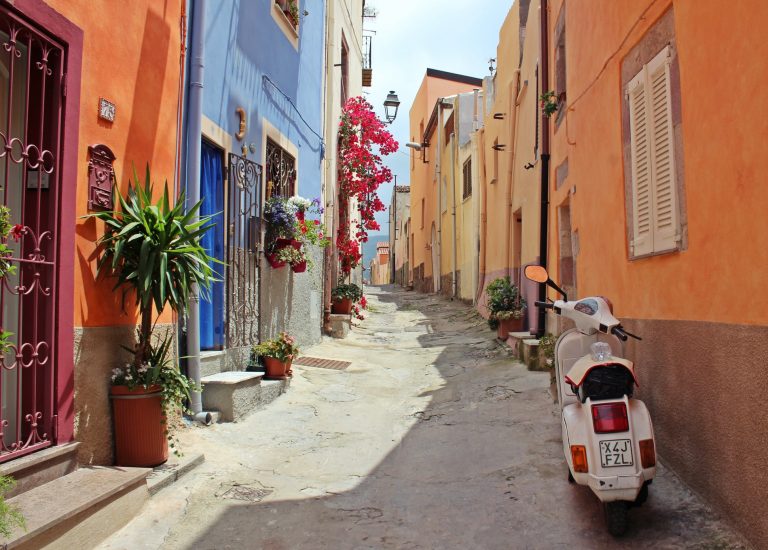
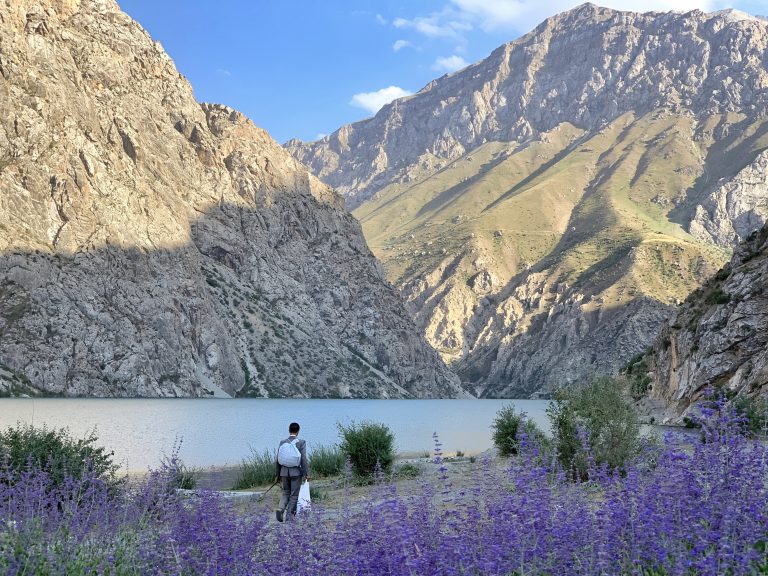
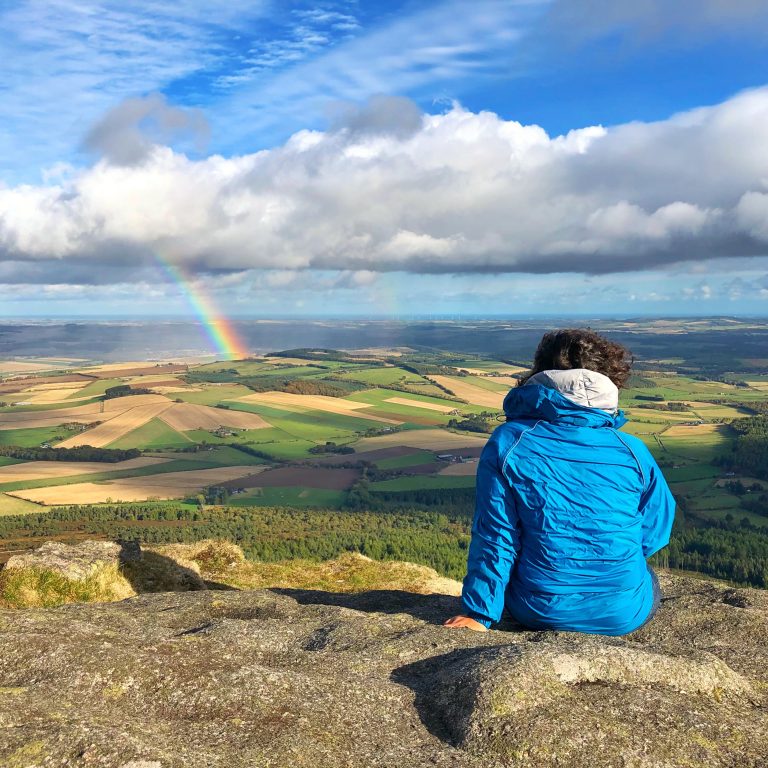


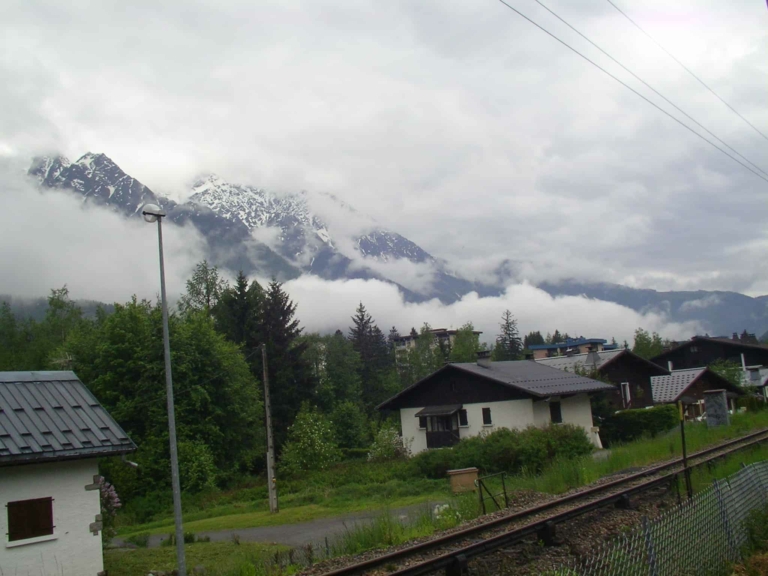
Yes, and actually stayed at HI Boston Hotel. It was decent accommodation for a long weekend.
I agree with you – to me, (central) Boston is good for a 3-5 day visit, and there’s lots of history there. It’s also expensive, but can be doable if planned properly (and in advance).
Good luck with your studies and continued travels.
A great guide to Boston with many useful details, Shivya
Harvard Square has long been famous for its indie bookstores like the Harvard Book Store and Grolier Poetry Book Shop, as well as an abundance of cozy cafés, i setup camp here for 3 months through work, lovely place
Awesome article! Thanks for all the info!
I am planning a trip to Boston to visit some universities with my son. Thanks for sharing so many great tips. We will go on the Boston Freedom Trail and avoid Acorn Street as you suggested.
Such a beautifully written guide! Your insights into Boston and Cambridge bring these places to life with charm and authenticity. Love how you’ve captured both the must-see spots and the hidden gems that make these cities so special. Adding this to my travel list
Hi Shivya,
Thank you for sharing this insightful guide to Boston and Cambridge. Your personal experiences, from exploring the Arnold Arboretum to attending the 4th of July Declaration at the Old State House, offer a unique perspective that goes beyond typical tourist attractions. I appreciate the emphasis on sustainable tourism and local experiences, which provide a deeper connection to the area. Looking forward to exploring these recommendations on my next visit.